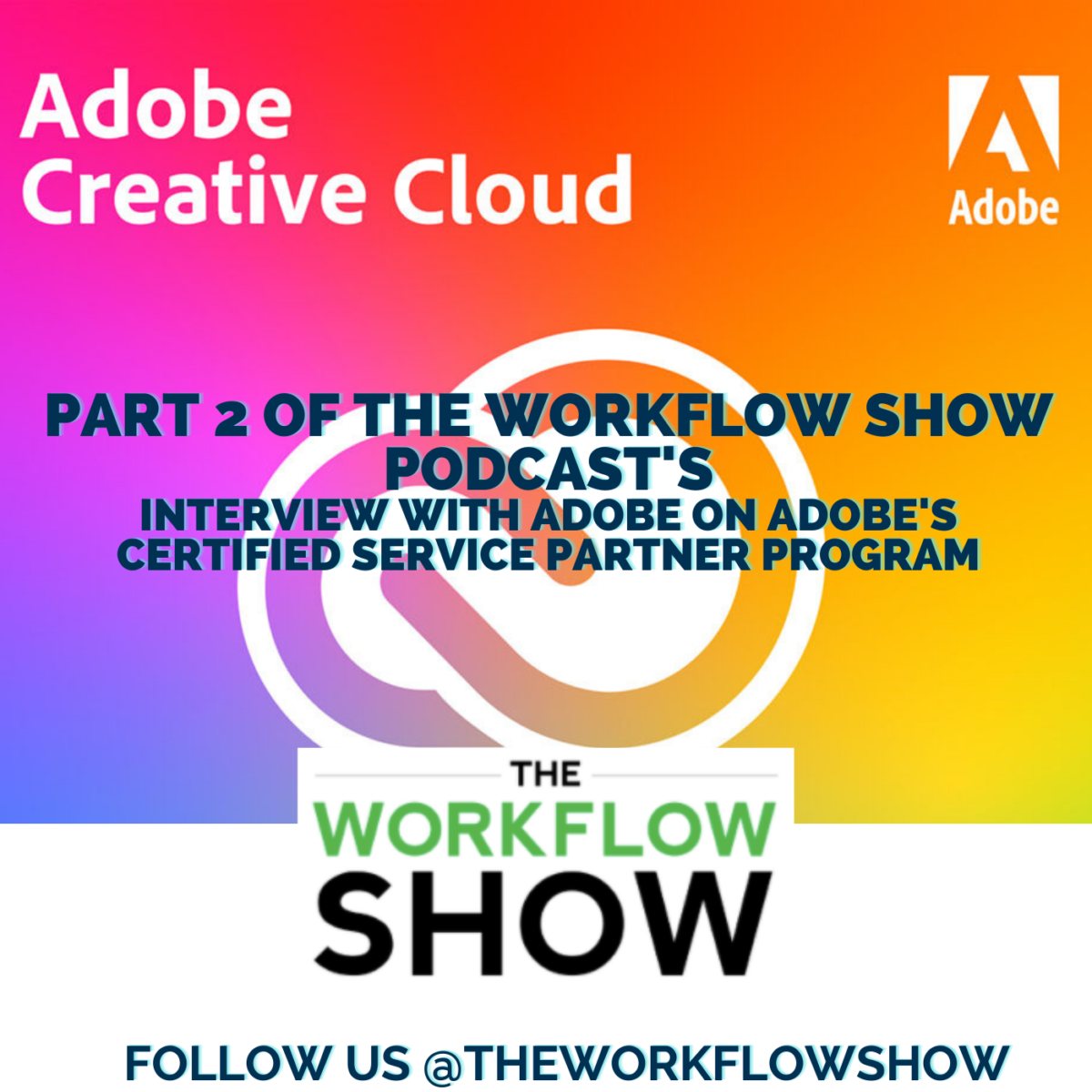Live shows. On-location news crews covering a big story. Live broadcasts of sporting events with millions of viewers globally. Large creative teams on location and in studios. Video coming in from multiple cameras at every angle. Impactful graphics and special effects. This is the world of broadcast media production, where viewers and advertisers demand the highest quality. Broadcast systems integration is essential in this environment to ensure your production team operates efficiently.
Modern consumer demand stretches broadcast production teams to the limits, and efficiency and seamless collaboration are necessary for producing high-quality video content rapidly and getting it out to viewers. In broadcast media production, agile workflows are not a luxury; they are crucial to getting the job done well.
Streamlined Asset Management for Broadcasting Teams
Streamlined asset management is the key to bringing it all together for broadcast teams. It is not uncommon for live productions to have production crews on location. At the same time, postproduction team members are offsite in the studios and at home, poised and ready to take uploaded content and quickly create videos prepared for immediate distribution. While a huge volume of assets is being assembled and ingested, the teams must also get their hands on the rich archive of assets. All MAMs will have basic features like metadata management, search and retrieve, and version control.
The broadcast team relies on the media asset management (MAM) system. Media Asset Management systems ensure that assets are easy to find and retrieve but do more than manage content. The right media asset management system will streamline workflows and allow broadcast teams to break through the challenges of this sector to create impactful content on short timelines. Broadcast teams need an asset management system that is agile and includes workflow orchestration tools as well. Optimized workflows that provide immediate access to assets enable faster sharing of media files with all creative team members. These efficiencies impact the finished video and expedite related content creation like highlight reels, interviews, and news clips. A MAM that can handle the demand of broadcast media will include:
- Powerful metadata enrichment features to allow easy search and retrieval automated by AI and machine learning.
- Robust security to manage user access to the media files and to protect against cyberattacks as well as unauthorized access and use.
- Broadcast systems integration is essential. Your production team will be most efficient and creative when your MAM seamlessly integrates with their video editing software and other tools.
- Built-in review, approval, and collaboration tools.
- Hybrid system capabilities. Because broadcast studios often have significant on-premises investments, a hybrid solution that brings cloud-based media asset management while leveraging on-prem assets, equipment, and team members can be an effective solution. This capability gives broadcast production companies the power to harness the power of their on-prem investments while ensuring access for remote creatives, a growing segment of the production industry’s talent pool.
- Automation is a game-changer, allowing creatives to do more in less time while ensuring consistency through many time-consuming and repetitive processes, including ingesting, metadata enrichment, validation of files, to the final distribution of finished video content.
- Because many broadcasters distribute through multiple channels at the same time, broadcasters need to have a MAM that will support distribution to various devices and platforms and work with the most prominent players in social media like Facebook, Instagram, YouTube, TikTok, and Twitter, and the nonlinear platforms like video on demand and OTT.
With so many MAMs on the market, it’s challenging for companies to match the solution with their unique needs. One struggle that established broadcast media companies face when upgrading their MAM is how to bring it all together. When Kroenke Sports and Entertainment needed to modernize their MAM, they required a partner to understand the value of their legacy content and on-prem investments. Kroenke Sports owns several sports franchises and broadcasts collegiate and high school sports in their markets. CHESA worked with Kroenke to implement the IPV Curator MAM system. This system ensures consistency in content management and increased the efficiency of post-production. CHESA workflow engineers worked with the team to design effective proxy-based workflows and integrate them with other software and systems. Their media management system is robust to meet their current needs while also being designed to adapt to their future needs.
Contact Us Today
CHESA has supported broadcasters in identifying and deploying the solutions they need to produce and distribute high-quality content efficiently. CHESA has a passion for the nuances of media workflow integration. We take a holistic approach in recommending solutions that bring real value and benefits to your organization rather than selling technology for technology’s sake. Our team comes to the table with deep knowledge of the tools and vendors and is ready to address the demands and requirements of your environment and advance your business goals. Contact us today to find out more about how a Media Asset Management Platform can foster collaboration at your organization.

















